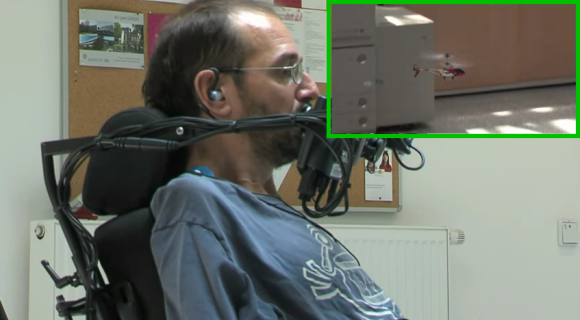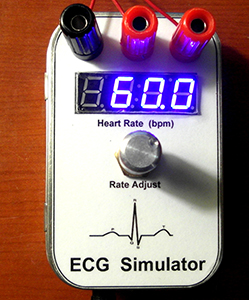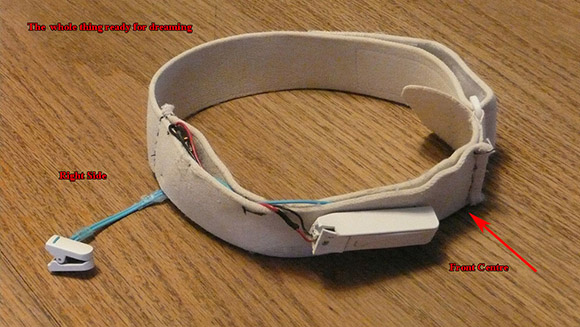
This gentleman is using electrical impulses from his neck muscles to fly a toy helicopter around the room. The project is a demonstration of the AsTeRICS project which seeks to reduce the complexity of adapting the set of skills a disabled person can use to do a wide range of functions. In this case, controlling the helicopter could easily be switched to other tasks without changing the user interface hardware.
One of the plugins for the AsTeRICS project uses the OpenEEG library. This reads the signals coming from a pair of electrodes on top of each shoulder. In the video after the break you can see that as he flexes these muscles the changes in signal are mapped to the altitude of the helicopter. This is just one example of a wide range of inputs that include things like building a webcam-based mouse or using facial recognition.
The toy itself is being driven by an Arduino sending IR commands. We’ve seen quite a few project where the helicopter communications protocols are laid bare.
Continue reading “Adaptive Technology Used To Fly An IR Helicopter”
















